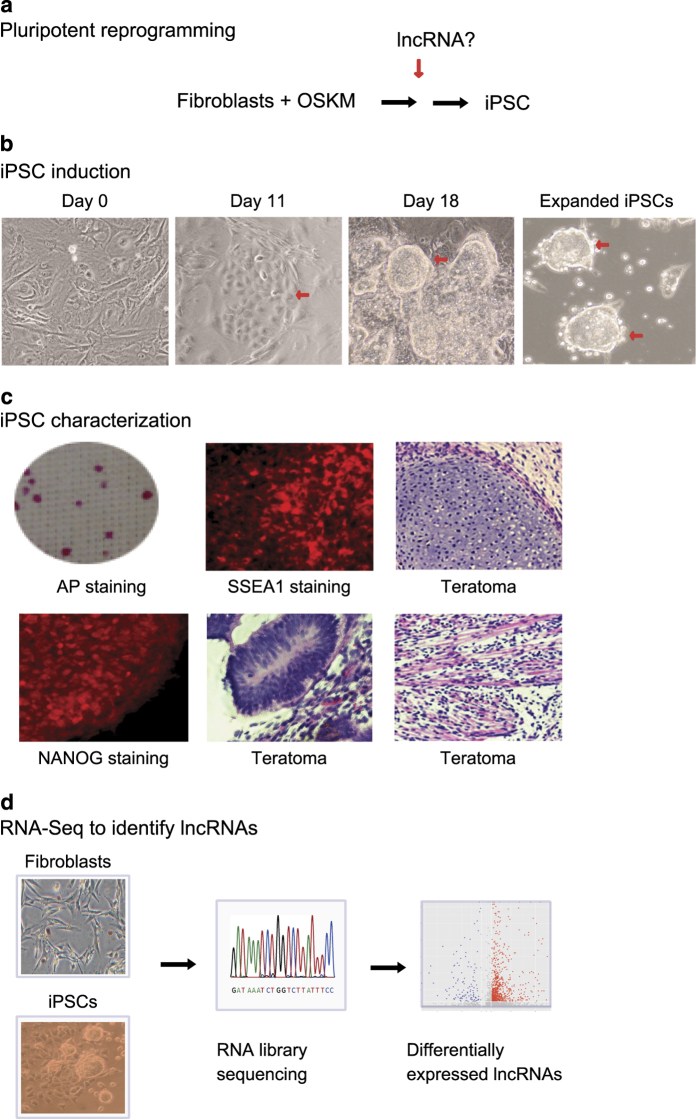Figure 1. Reprogramming of fibroblasts into pluripotent stem cells.
(a) Schematic diagram of pluripotent reprogramming. Fibroblasts were transfected with lentiviruses carrying Oct4-Sox2-Klf3-c-Myc (OSKM) transcription factors and were induced into pluripotency. iPSC: induced pluripotent stem cell; lncRNA: long noncoding RNA. (b) Typical images of iPSC reprogramming. After OSKM transfection, cells were cultured on MEF feeder cells in mouse stem cell culture. Cell images were taken at different stages of reprogramming. Red arrows: dynamic changes of cell morphology. (c) Characterization of iPSCs. After induction, iPSC colonies were stained for alkaline phosphatase, a stem cell marker. At the end of reprogramming, iPSC colonies were expanded on MEF feeder cells. After expansion, stable iPSCs were examined for pluripotency by immunochemical staining of pluripotent biomarkers, including NANOG and SSEA4. iPSCs were used for further testing of teratoma formation in nude mice. (d) Schematic diagram of RNA-seq for fibroblasts and iPSCs. Thousands of RNAs were found to be differentially expressed after reprogramming.

